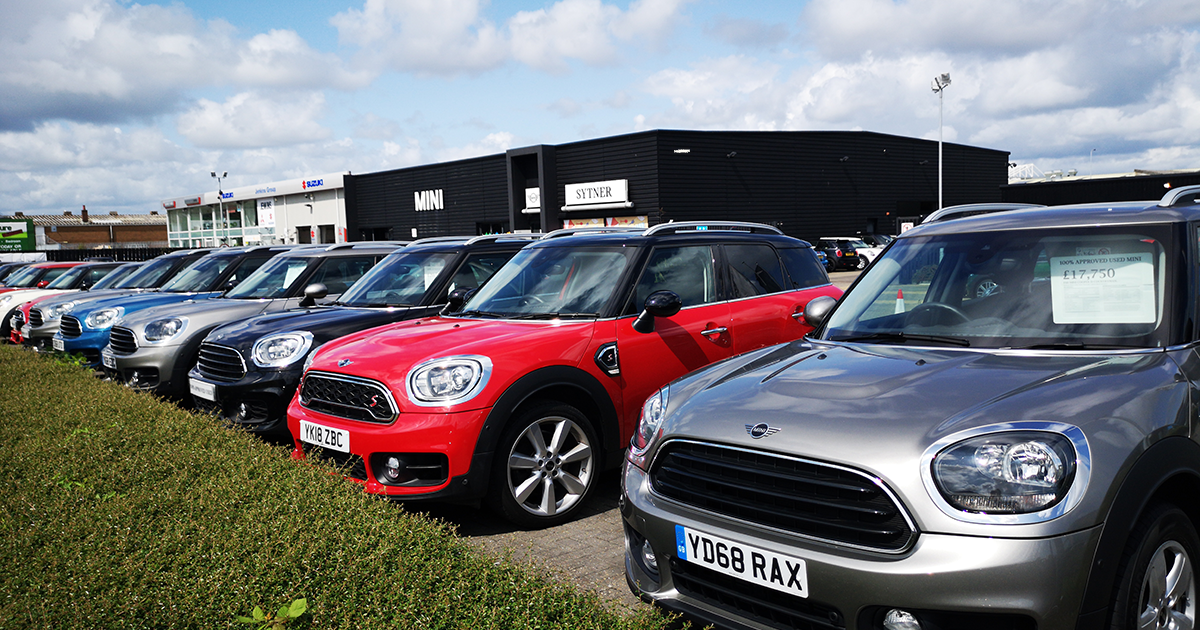Why Pre-2016 Cars Are Gaining Value While Newer Models Decline

Why Pre-2016 Cars Are Rising in Value While Newer Ones Plummet
It might seem logical to assume that once a car reaches 10 years of age, its value would continue to drop. But the UK used car market is currently defying that expectation. In fact, Pertol and Diesel models built before 2016 are not just holding their value - they’re going up in price. Meanwhile, many newer models, particularly those made after 2016, are depreciating faster than expected. So, what changed?
The Mid-2010s Tipping Point
Something appears to have shifted in the car manufacturing world around the mid-2010s. The exact timing depends on the brand, but the impact is broadly the same - cars built after this period are often seen as less reliable, more complex, and more expensive to maintain than their predecessors.
Take Land Rover, for example. Models manufactured before 2015 tend to command much stronger resale values than those made afterwards. Ford, on the other hand, started seeing reliability concerns emerge as early as 2013 on smaller models and from around 2016 on larger ones. Similar patterns are visible across other brands too. The data suggests a clear turning point that made cars built after this era a riskier long-term investment.
Land Rover: A Case Study in Decline
Land Rover has always had a reputation for being a little temperamental, but since Tata Motors took over the brand from Ford in 2008, reliability has gone downhill. While Tata initially continued using Ford engines, they began rolling out their own designs from around 2014-2015. These changes coincided with the adoption of wet belt systems and increasingly glitchy infotainment systems - both of which have earned the brand widespread criticism online.
Looking at the used car market today, the disparity is clear. A 2014 Range Rover Evoque with 30,000 miles typically sells for around £16,000. A 2022 version with the same mileage is listed at about £19,000. The difference in price - only £3,000 - doesn’t make sense given the eight-year age gap. In normal conditions, a newer model should be priced at least £10,000 to £12,000 higher. Consumers seem to know something that’s not being said aloud.
Audi's Post-2018 Puzzle
Audi is another example of this trend. A 2017 Audi A4 Avant with 32,000 miles can fetch up to £19,000, while a 2024 version with the same spec and mileage is only around £7,000 more at £25,995. That’s despite the new model still being under warranty. The narrow price gap doesn’t add up. If newer cars were genuinely better, the market wouldn’t be putting such a premium on older models.
So What’s Going On?
There are a few plausible reasons why 10-year-old cars are suddenly becoming more desirable:
The Drive for Efficiency at All Costs
From around 2012 onwards, carmakers were under increasing pressure from governments to improve fuel economy and cut emissions. This led to design choices that prioritised efficiency over durability. A prime example is the introduction of wet timing belts, which are more efficient but prone to failure. Manufacturers like Ford have issued warnings and recalls due to these belts degrading and damaging engines.
Another efficiency trend was downsizing engines. Ford’s 1.0-litre EcoBoost engine is a classic case - offering decent town performance but struggling under motorway stress. What was once a reliable 1.6-litre engine has been replaced by something that often can’t take the load. The result? Engine failures are becoming more common, and buyers are increasingly wary.
Planned Obsolescence?
It may sound conspiratorial, but some believe that manufacturers deliberately reduced build quality after 2015. The logic goes like this: cars built in the early 2000s were lasting too long. Models from 2008 to 2014 still look and drive like new today - they start, run, and even feel the same as the day they left the factory. So why buy new?
That’s the problem manufacturers needed to solve. The sceptic in us suspects that cheaper plastics, electronics with shorter lifespans, and engines prone to failure after 80,000 miles may not be accidental. The result? Drivers are being nudged - or forced - to spend money again sooner than expected.
Conclusion
The rising value of pre-2016 cars is no fluke. Buyers are increasingly aware of a shift in automotive reliability, longevity, and build quality that seems to have taken place in the mid-2010s. Whether it's due to cost-cutting, regulatory pressures, or deliberate obsolescence, the outcome is the same - older vehicles are now seen as a safer bet. For anyone shopping in today’s used car market, looking back a decade might actually be the smartest move forward.
